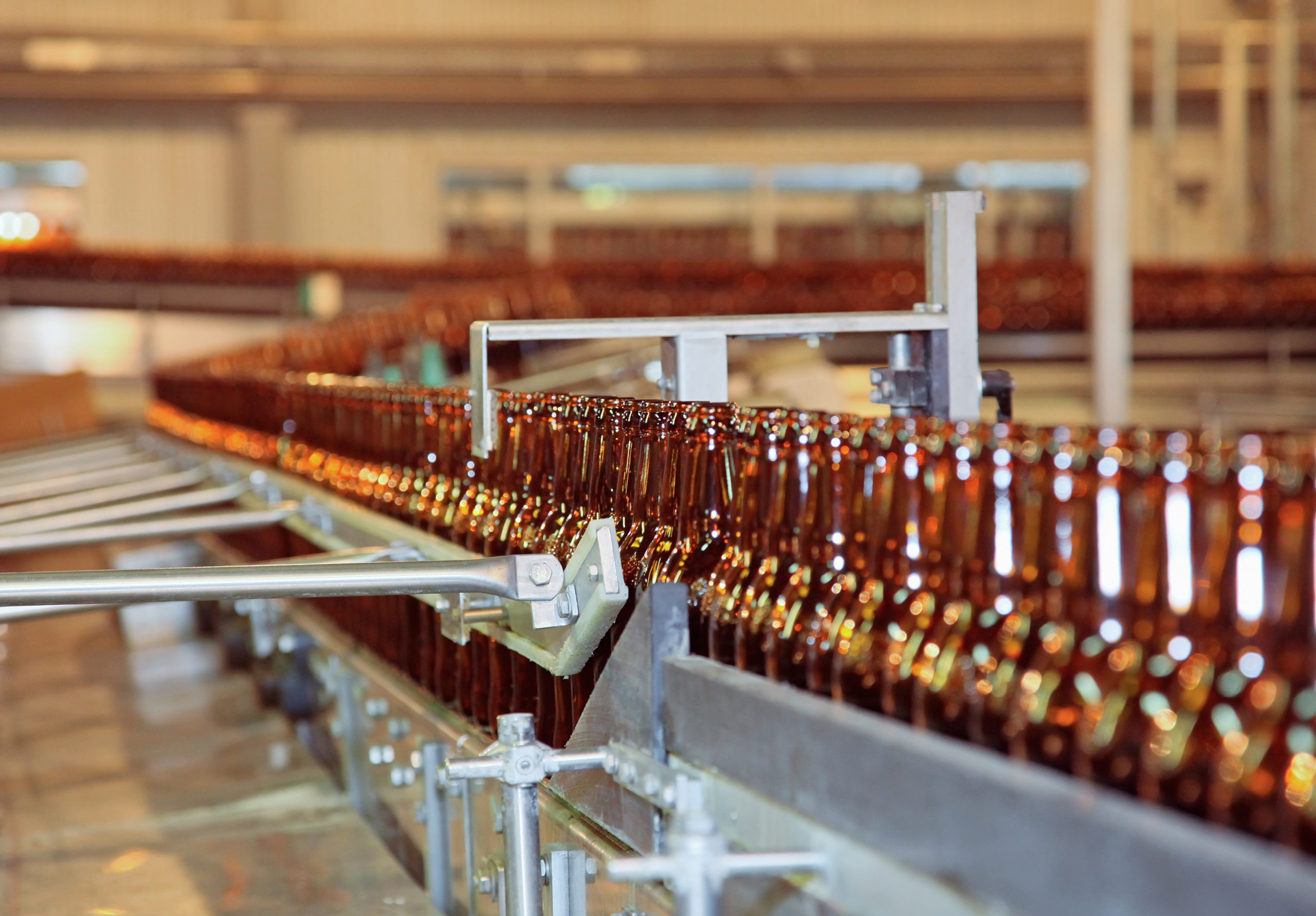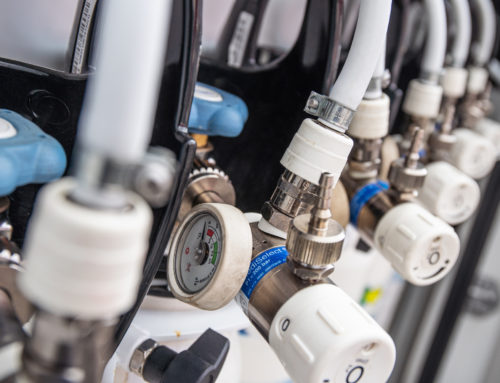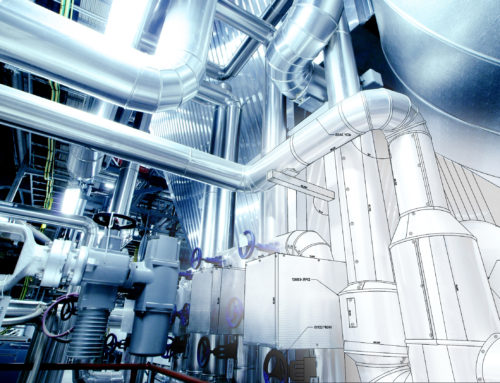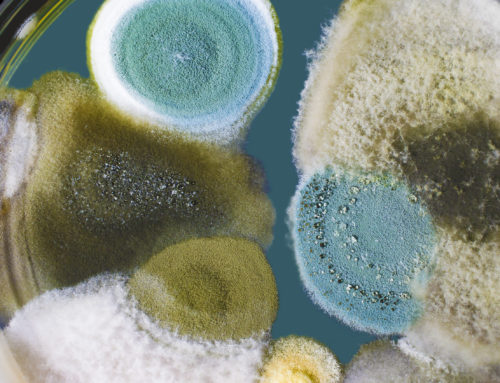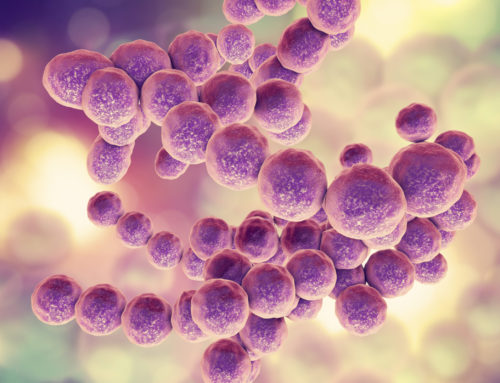Hazards Analysis Critical Control Point (HACCP)
HACCP is the internationally recognized preventative management system and is defined by the Food and Drug Administration as an entity addressing food safety “through the analysis and control of biological, chemical, and physical hazards from raw material production, procurement, and handling, to manufacturing, distribution and consumption of the finished product.”
Many manufacturers only begin testing their compressed air because of audit requirements or even audit deficiencies. Knowing HACCP quality requirements and how to apply them will help ensure that you are audit ready and preventative measures are in place ensuring the safety of your product.
1. Hazard Analysis
Perform a hazard analysis and identify any food safety hazards in your facility.
According to CAGI, compressed air hazards include: particles, water, oil, and microbiological contaminants.
Begin your compressed air system risk assessment with the checklist provided here.
2. Critical Control Points
Identify the Critical Control Points (CCP).
A step at which control can be applied and is essential to prevent or eliminate a food safety hazard or reduce it to an acceptable level. For compressed air, CCP’s are points in the manufacturing process wherever compressed air comes into contact with the product or could be contaminated, including point of use, valves, in-line filters, etc.
To read more about CCP’s and compressed air quality in food manufacturing click here.
3. Critical Control Point Prevention Measures
Establish CCP preventative measures.
A critical limit is a maximum and/or minimum value to which a biological, chemical or physical parameter must be controlled at a CCP to prevent, eliminate or reduce to an acceptable level the occurrence of a food safety hazard. In compressed air systems, preventative measures include filter and purification equipment. The intake filter is the system’s first defense for contamination and should be replaced according to the compressor manufacturer’s guidelines.
4. Critical Control Point Prevention Monitoring Procedures
Monitor CCP preventative measures by regularly testing compressed air.
There is no mandatory air-testing schedule and testing recommendations vary by regulatory organization and by the manufacturing facility. If the facility has not been regularly testing, quarterly samples can provide a testing baseline and offer accurate up-to-date assessments.
To learn more about monitoring plans click here.
5. Establish Corrective Action
Where there is a deviation from established critical limits, corrective actions are necessary.
As a minimum, the HACCP plan should specify what is done when a deviation occurs, who is responsible for implementing the corrective actions, and that a record will be developed and maintained of the actions taken. This could include a filter change, maintenance, increased preventative monitoring, or suggestions made by your consultant or compressor manufacturer.
6. Verify Controls
Establish verification procedures.
Verify activities, other than monitoring, that determine the validity of the HACCP plan and that the system is operating according to the plan. Then determine the cause of the deviation and correct the cause of non-compliance. Corrective actions should be recorded.
7. HACCP and Critical Control Point Control Logs
Establish a HACCP and CCP log.
Maintain the control document by detailing the regular testing of compressed air and maintenance of the filtration systems.
The AirCheck Academy provides training, exams, and sampling certifications to quality technicians using AirCheck kits. Make sure your technicians retain up-to-date certifications for your records.
Contact our HACCP Certified Service Team here.
With 70% of food manufacturers using compressed air, proper assessment of the compressed air system, and regular testing can prevent serious contamination and promote the overall health of the system. Ensuring that compressed air is not a source of contamination is essential to producing a high-quality product.
References:
Center for Food Safety and Applied Nutrition. “Hazard Analysis Critical Control Point (HACCP).” U S Food and Drug Administration Home Page. Center for Food Safety and Applied Nutrition, 03 Apr. 2017. Web. 03 May 2017.
“CFR – Code of Federal Regulations Title 21.” Accessdata.fda.gov. FDA, 01 Apr. 2016. Web. 03 May 2017.
“HAZARD ANALYSIS AND CRITICAL CONTROL POINT (HACCP) SYSTEM AND GUIDELINES FOR ITS APPLICATION.” HAZARD ANALYSIS AND CRITICAL CONTROL POINT (HACCP) SYSTEM AND GUIDELINES FOR ITS APPLICATION. Annex to CAC/RCP 1-1969, Rev. 3 (1997), n.d. Web. 08 May 2017.
Scott, Lee. “Compressed Air GMPs for GFSI Food Safety Compliance.” Compressed Air GMPs for GFSI Food Safety Compliance | Compressed Air Best Practices. Compressed Air Best Practices, n.d. Web. 03 May 2017.
Vetal, Deepak. “ISO 22000 Certification for the Food & Beverage Industry.” ISO 22000 Certification for the Food & Beverage Industry | Compressed Air Best Practices. Compressed Air Best Practices, n.d. Web. 03 May 2017.
“What Is HACCP?” What Is HACCP? What Are Its 7 Principles? VINCA, LLC, n.d. Web. 08 May 2017.

